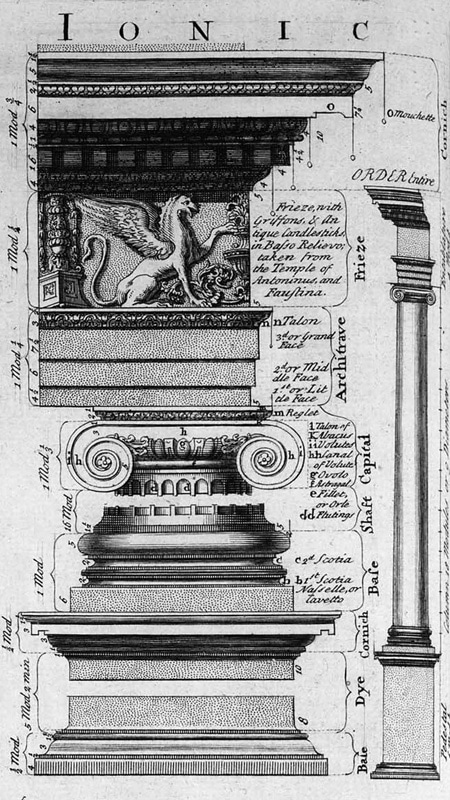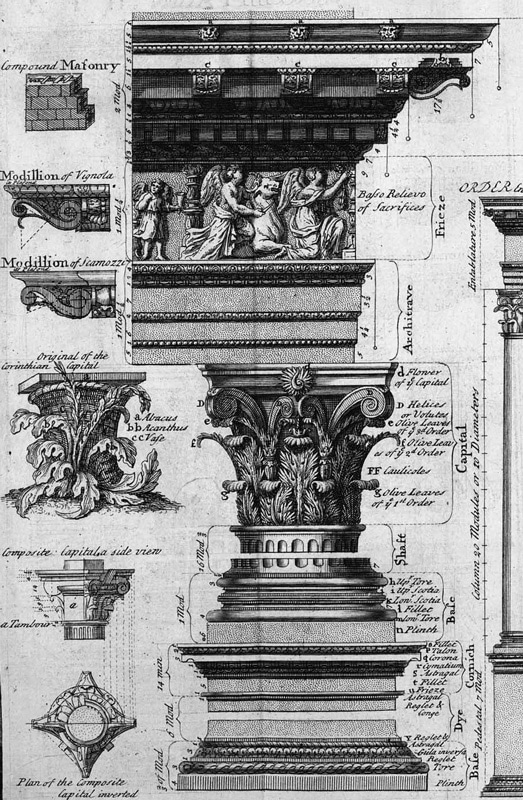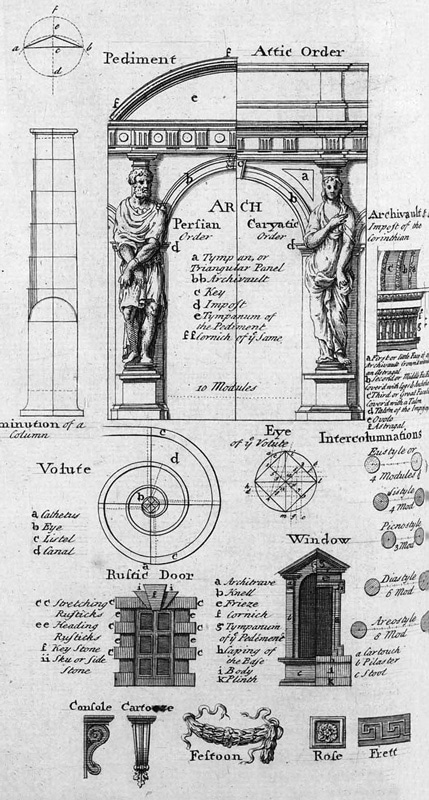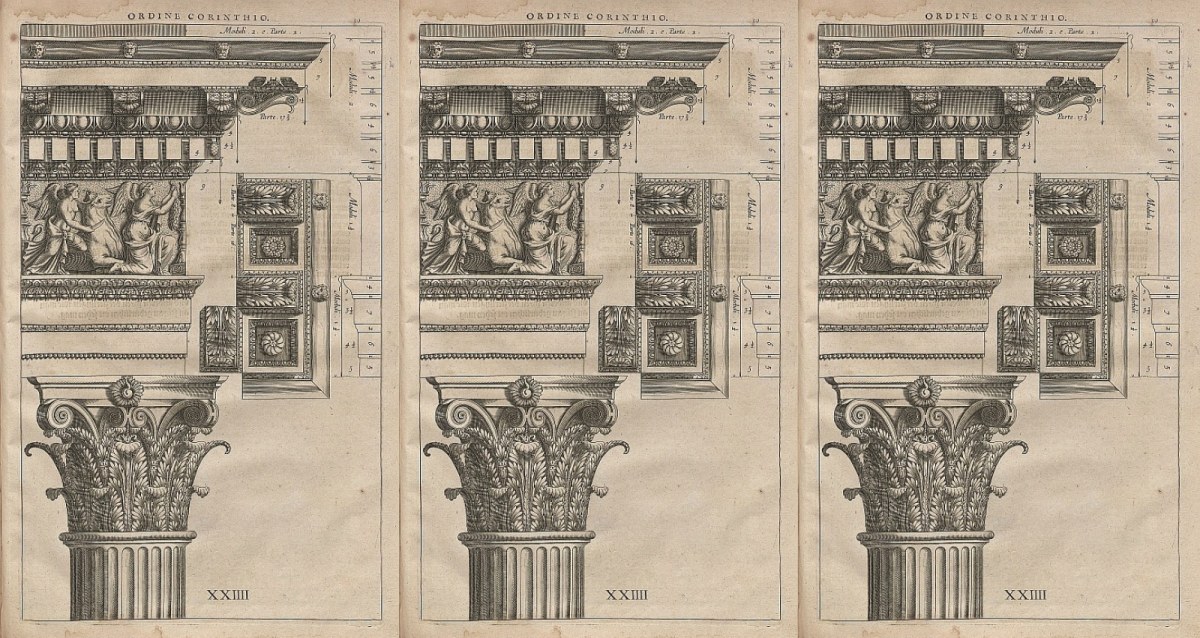In my adopted home of Berlin, it’s possible to cycle past the Konzerthaus, the Staatsoper, the Komische Oper and the Philharmonie in the space of around 10 minutes, 15 if you’re pedaling flaneur-style. On a warm weekend, tourists drift down Unter den Linden, a large boulevard leading to the Brandenburg Gate, like schools of fish; they turn here and there at the whim of their selfie sticks, taking it all in—rucksacks on their chests, cameras out, ready to be enamored and pickpocketed. The Konzerthaus and Staatsoper are squat nearby, in the heart of the city; the Philharmonie, on the other hand, lies a few kilometers away, alone save for a couple of galleries and a library, built at the edge of the former West in the early 1960s to replace those cultural institutions that found themselves on the other side of the wall. To get there, you need to traverse the expansive and soulless Potsdamer Platz, before crossing a large intersection and heading for a highway bridge. There are no prizes for guessing which institution is more successful at enticing our slow-moving, photo-happy, daytime beer drinking friends.
“The power of the place, that one can be in a particular place, is a huge motivator for people,” Future Symphony Institute founder and principal trumpet at the Baltimore Symphony Orchestra, Andrew Balio, tells me. “If people don’t like it, we can talk about Beethoven all we want, but they won’t want to be there.” As it happens, the Berliner Philharmonie has no problem getting butts in seats with its reputation—but what the tourist test might tell us is that the urban planning of the past could be more likely to sway the uninitiated into the concert hall. That’s the view of the Future Symphony Institute at least, which seeks to prescribe remedies for the classical music world of the future by using the elixir of the past. Namely that monolithic, eternal, vague thing we call “tradition.”

The Future Symphony Institute, which launched in 2014 after around a decade of preparation, seeks to research the viability of classical music today, and put forth ideas and approaches to secure its future. It is, as talking to Balio makes clear, about finding ways to increase the audience for classical music, and because of its U.S. focus, it recognizes and accepts it must play to the market forces that dictate much of what orchestras there can do. (As opposed to the kind of government arts funding more common in Europe.)
To me at least, tradition has become something to be embraced with caution, lest it look like you’re getting too cuddly with all those almost exclusively white and male figures that dominate the classical canon, and continue to dominate its programming. There’s also a wider issue—not only in the classical music world—of those promoting tradition doing so while spitting vitriol at newer art forms and simultaneously pushing some fairly right-of-center politics. However, in an effort to air out the echo chamber of criticism against the term, I got in touch with Balio to see whether it might not play a key role in the future of classical music. To argue against it in any musical genre, especially in classical music, would be not only difficult, but completely at odds with how art works. The question at hand is how it can be incorporated within the future.

The first thing Balio tells me is that he isn’t so much interested in big city institutions that have little issue in filling their halls, rather that he’s more concerned with places like Baltimore or Milwaukee—cities in the U.S. where market and philanthropic competition dictates financial security. The key to success here, he says, is to give people what they want. “Our idea is that we know already what human nature desires. Part of what human nature desires is novelty. But it also desires something it relates to as beautiful.”
The notion of a singular “beauty” coincides with the—common but impossible to corroborate—notion of a transcendent truth or unifying effect of classical music. It’s also a notion that has stood the test of time, from the ancient Greeks to Victorian-era, self-declared aesthetes. Its place in the late 20th and 21st centuries, however, where alterity and the celebration of difference have superseded the Enlightenment metanarrative of universal progress, is unstable at best. “Our thesis for a lot of this work is that there is no future without the past,” Balio tells me. “I don’t think that’s a controversial statement.” He’s correct, and there’s no doubt that the Future Symphony Institute was born out of a real love for, and desire to share, the rich tradition of classical music. What the genre—and the wider arts world—found itself facing in the 20th century, however, was a challenging of the notion of a singular beauty, and a distrust of its pursuit.
“This happened during two spectacularly catastrophic wars. Everybody thought everything had changed after these wars. Yes and no. Our need for beauty didn’t change, but art responded to those events in a way that created a schism in classical music,” Balio says. “What emerged was this challenging music, not only for listeners, but challenging too toward the old world.” On one level, this is a cliché; some post-World War II music, like Boulez’s Piano Sonata No. 2, is explicitly “challenging,” while his “Marteau Sans Maître,” Ligeti’s “Atmosphères,” Stockhausen’s “Stimmung,” and Nono’s “Fragmente-Stille,” to name just a few examples, are not just beautiful but hedonistic. Then again, music also had to challenge the old order somehow. The oft-quoted Adorno adage, that “there can be no lyric poetry after Auschwitz,” has such resonance for a reason. There remains the very real possibility that traditional aesthetic values cannot hold their own in the modern world, or at least no longer seem to coincide with it.

Still, traditional aesthetic values tend to denote a project that most of us could support: the treasuring of art and the desire to experience it on a profoundly personal level. Traditional values elsewhere, especially when they enter the realm of politics and society, often find themselves on the moth-bitten, fusty side of social discourse. A quick scroll through the Future Symphony Institute’s Twitter page returns one retweet of a Steven Pinker article that denounces identity politics as “an enemy of reason and Enlightenment values,” and another retweet of an article which argues that ballet should embrace feminism. The FSI’s retweet makes the comment: “A great idea that, if fully implemented, would become a great display of human nature in all its glory, to slack jawed reformers and ideologues.” When I asked Balio about the comment, he told me: “I was trying to imagine women physically lifting men up above them and their audiences not laughing at roles being switched in the stories. What the author was proposing would only make sense to her cohort of urban elites.”
This, of course, is not what the article’s author, ballerina Ashley Bouder, was really getting at. Her “slack jawed” reformism is to push for a time “when a major ballet company can have an evening with all female choreographers and it is not billed as such and no one says a word about it.”
The prevailing question here is why embracing tradition goes hand in hand with social conservatism. Why would a project that seeks to bring new people into the classical music fold simultaneously denounce social discourses that seek to give a voice and identity to those whose voices and identities have been repressed in the genre?
There is no reason for this either; the Future Symphony Institute’s project needn’t equate tradition with the rejection of the contemporary celebration of difference. It might push for one notion of the beautiful, but that doesn’t mean it has to waste its energy criticizing those who try to remedy the totalizing impulse of the Enlightenment, which situated the locus of Western reason and culture within the figure of the white male “genius.” (A complex that has done plenty of real damage.) The “beauty” of traditional art is not likely to be lost on the average concertgoer, no matter where social discourse might place it.
The challenge facing a project like the Future Symphony Institute is to preserve the value of the past, and to convince the wider world that it continues to provide a viable model for the future. This requires, by default, an openness to the world post-1900, to music that responded to the condition of its time. Easier said, apparently, than done. In the comments to a Slipped Disc obituary of Ana-Maria Avram, FSI Senior Fellow John Borstlap writes:
What adventurous [sic] is there in only producing sounds that do not carry any musical meaning? Xenakis did that already in the sixties and that was equally silly. Sorry that the composer had to die much too young, but the ‘music’ in the video is merely the pathetic echo of useless stuff that has been done half a century ago elsewhere. […] Is it art? If you think Marcel Duchamp and Damien Hirst is art, then certainly you will be happy with this renewal of that dull, bourgeois tradition (Bach, Beethoven, Chopin, Brahms, Mahler etc. etc. etc.)
More than a badly timed and poor-taste attack in completely the wrong place, Borstlap isn’t only rallying against Avram’s (potent, haunting, beautiful) music, but seemingly all music from the last century—anything “modern” and beyond. Where does such a vehement attack on this “useless stuff” fit into the noble project of bringing classical music to more people? It’s a strong and frankly bizarre contrast to the carefully chosen and amicable words of Balio, who is careful not to let it seem like promoting tradition and promoting what he calls more “challenging” music are mutually exclusive: “It’s not an and/or question, it’s a question of how we’re going to introduce new works that we believe in…and we don’t want to alienate.”
It’s tempting to ask whether so-called “challenging” music is really so far removed from the comprehension of the average person on the street. Art galleries have long trusted that their visitors are able to appreciate work that functions on something other than an epistemological level, or within a pre-existing aesthetic structure. If not the concert hall, then where else would we be offered the opportunity to hear sound in new ways; to have Ana-Maria Avram or Horatiu Radulescu introduce new textures and colors that lie outside of any known categorization or structure. If we take up Borstlap’s attitude that anything that is positioned outside of the vaguely prescribed dictum of “musical meaning” has no value, it’s hard to see how the art form could progress.

The core difficulty with reconciling traditional aesthetics and ideas with the contemporary world is that, try as we might, no art is immune to politics. This is not to say that all art is political, but that all art will have political implications quite out of the hands of the artist. Common accusations that social discourse and identity politics, or leftist academics, hijack art and instrumentalize it toward a political aim fail to see this distinction. It’s not necessarily the art itself that is politicized—enjoying Wagner does not mean your politics coincide with his—but the social consequences of that art; what its existence says about broader social structures, and how we interact with it.
On the subject of new urbanism and the importance of urban planning, Balio and I find ourselves in agreement. We discuss the Pierre Boulez Saal in Berlin, which he says “fits in perfectly with the urban fabric.” I’m a lover of modernist architecture, but on this point he’s right: concert halls “don’t have to look like spaceships.” His criticism of the Barbican, home to the London Symphony Orchestra, is that it’s difficult for people to understand and get into. As much as I love the place, he’s completely correct about that—it’s perhaps the least accessible (in terms of finding your way from street to seat) concert hall in the city. I also agree with him when he suggests that “it’s on you as a composer to write the music that people want to listen to,” when I hint that playing canonical repertoire in favor of contemporary composers could risk stagnation.
It’s on this last point that the perils of tradition become apparent. As we tip-toe around the issue of “identity politics”—something I’m all for, and something the Future Symphony Institute sees as a threat—I ask myself whether such faith in the classical music canon might not undermine the project of broadening its reach. Yes, concert halls should be places we enjoy visiting, and yes, people should—in part—be given what they want, but it’s difficult to make a judgement on what people want if they’re given a limited choice.
We talk about the merits of programs like the Baltimore Symphony Orchestra’s OrchKids, which seeks to introduce music education (severely lacking to everybody in the U.S.) to children from less-affluent backgrounds, usually members of ethnic minorities. “If one in 1,000 comes and makes it to an audition, then that’d be real change,” Balio says. “But it takes a generation.”
It will indeed. But if the young kids picking up instruments for the first time continue to see men conducting men and the perpetuation of music we all already know, as opposed to an effort to research music that might have been overlooked due to the circumstances of the artist, then no amount of urban planning will convince them to stay. Conservatism in its original sense is an important part of preserving any art form, and ensuring its longevity into the future. It shouldn’t be an all-or-nothing approach. ¶

